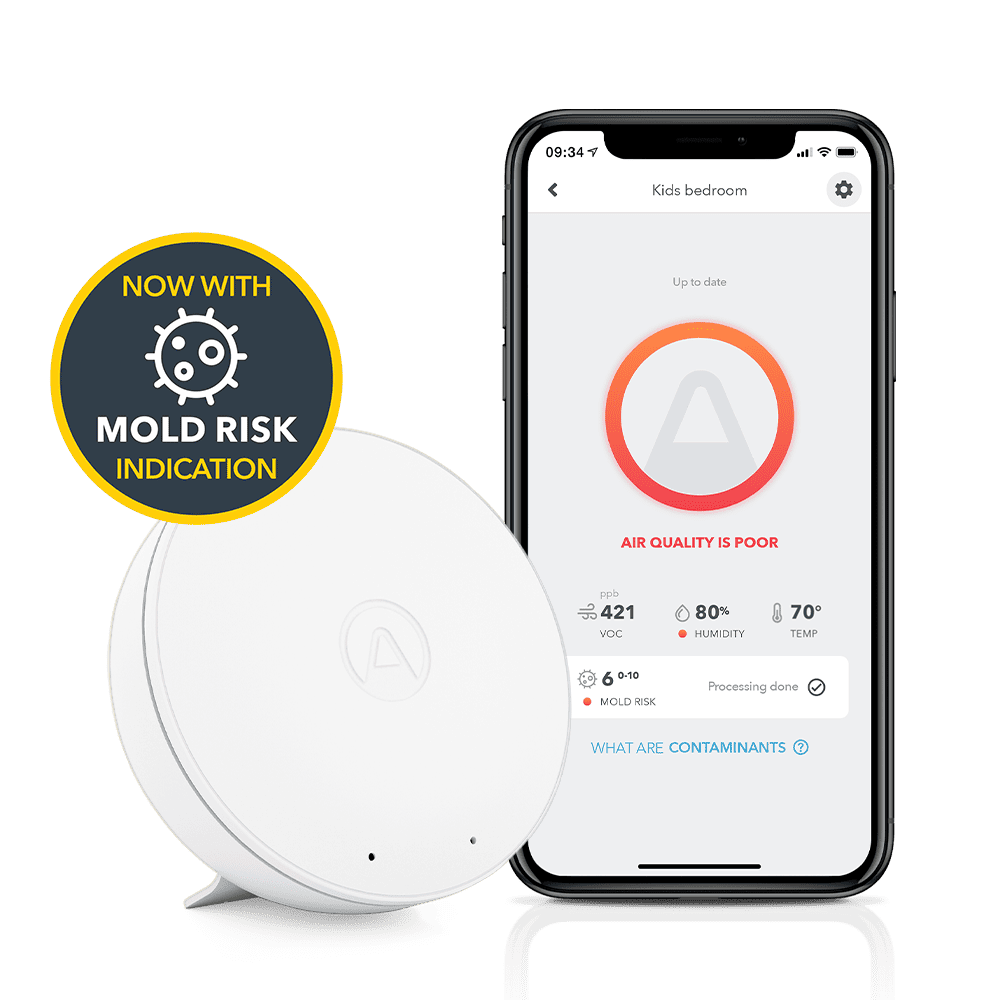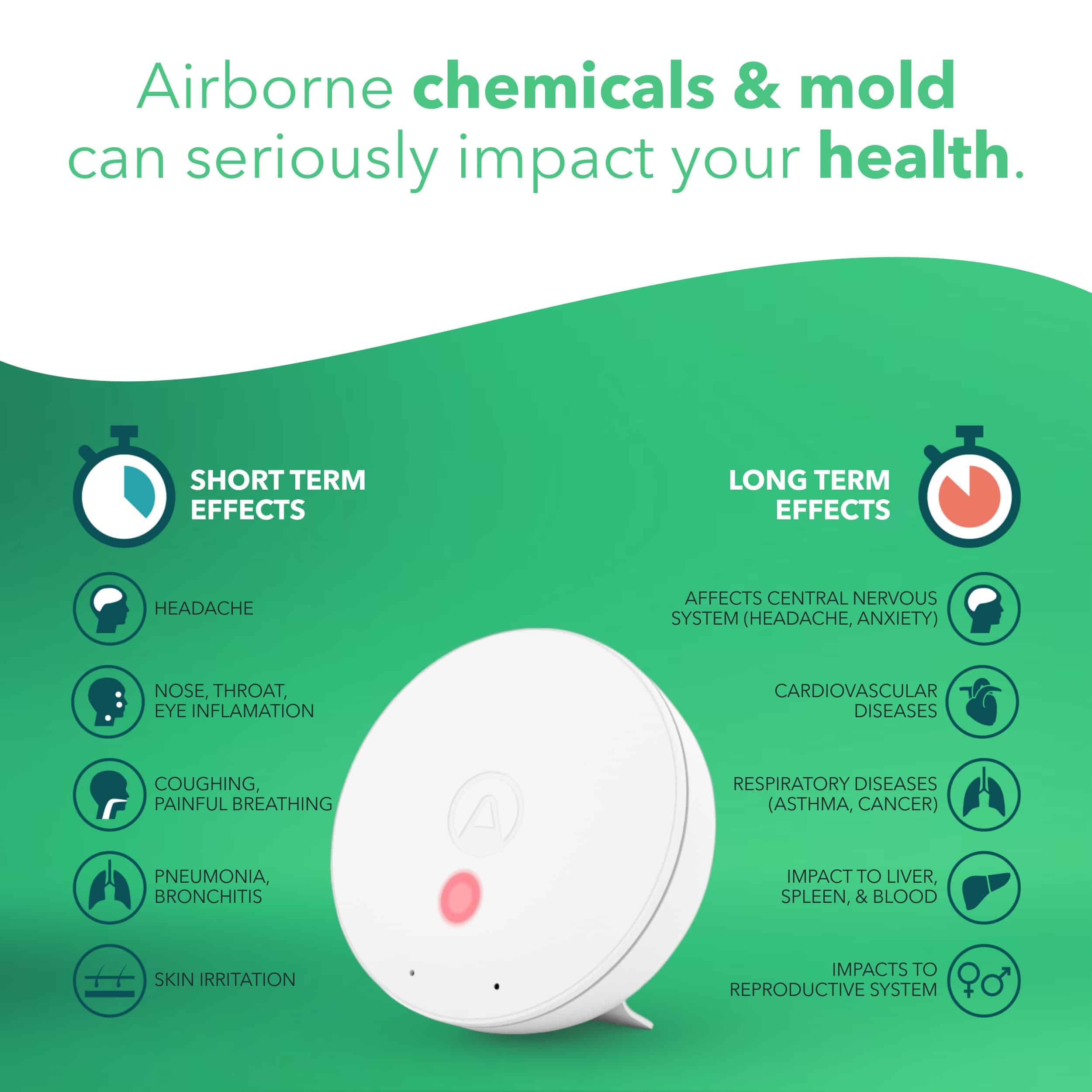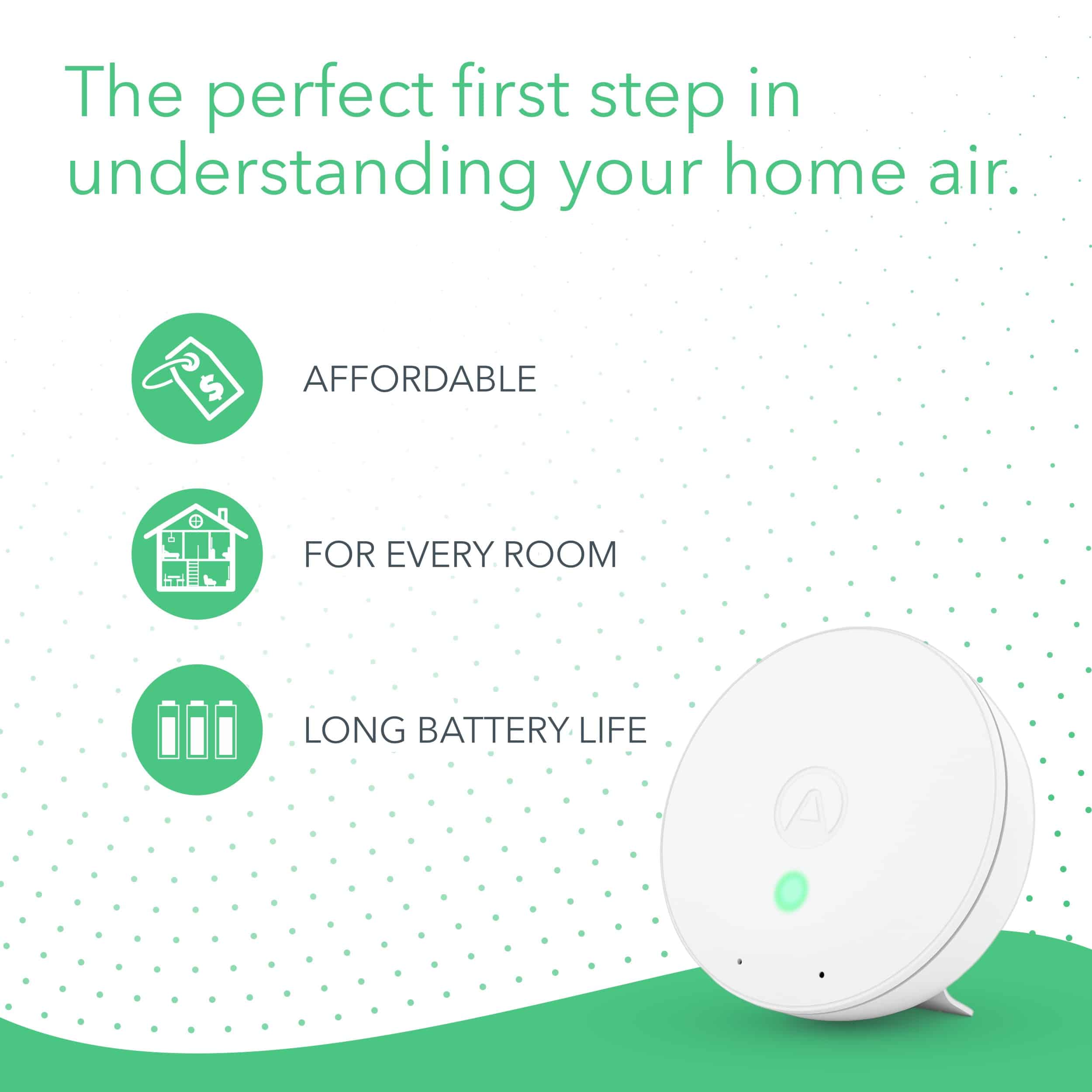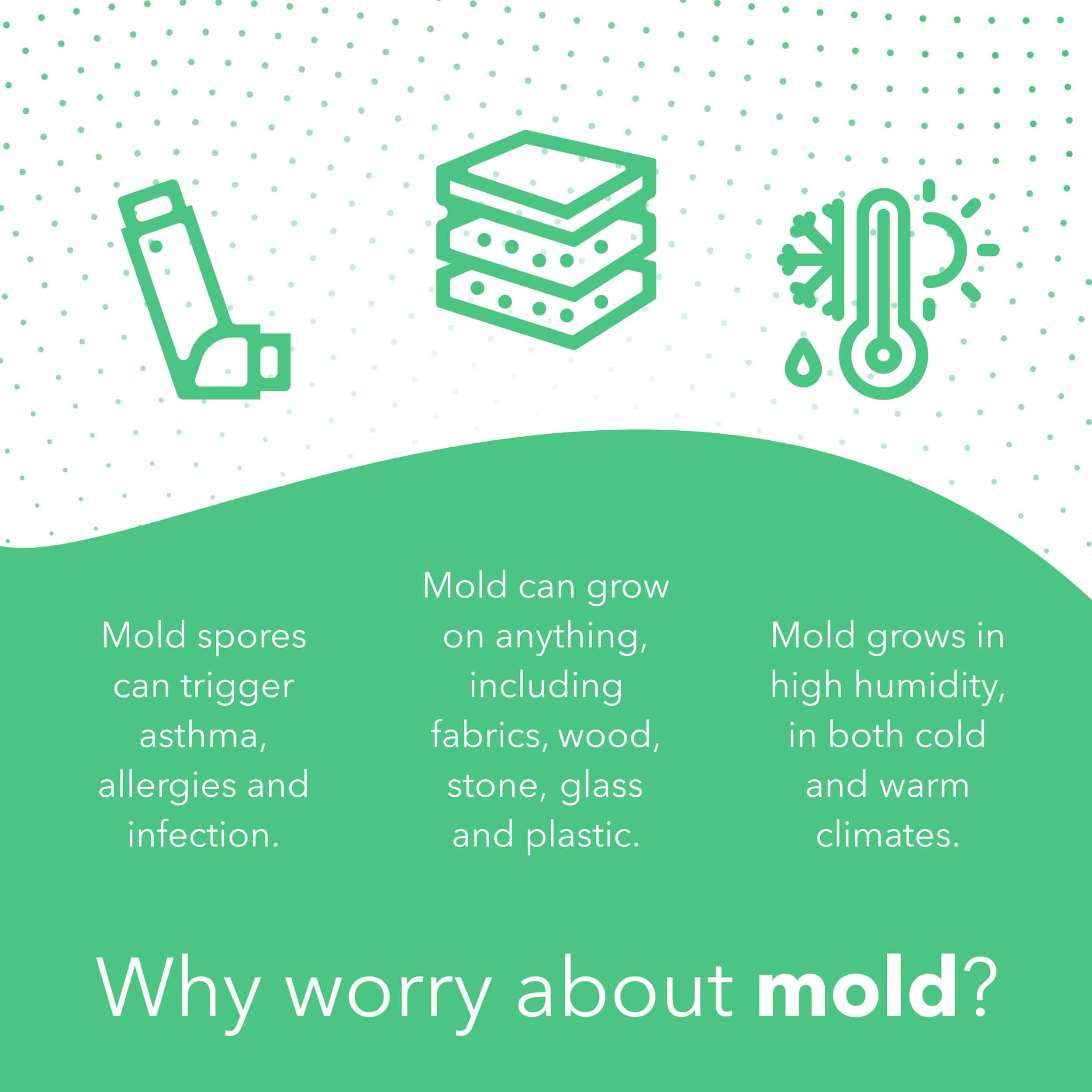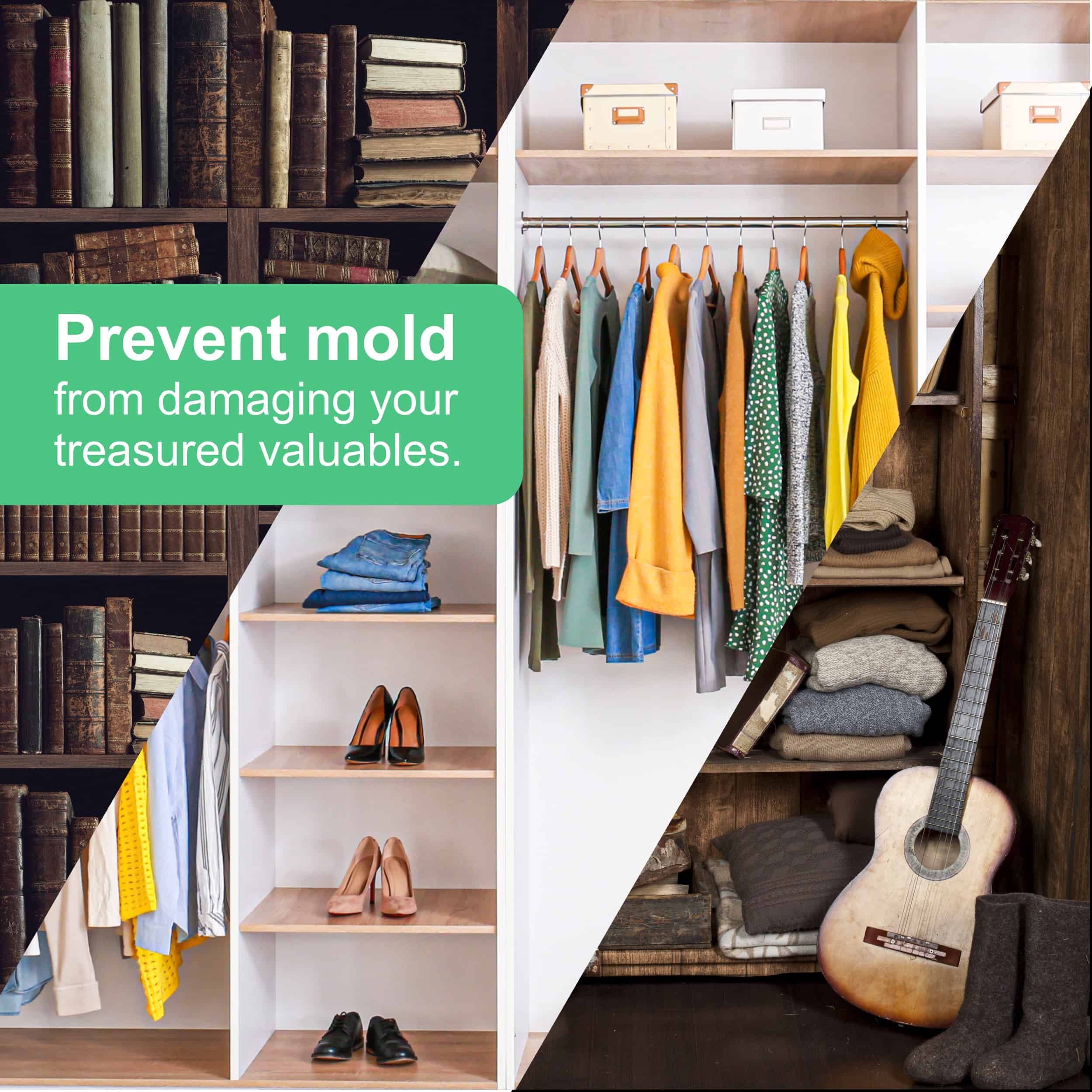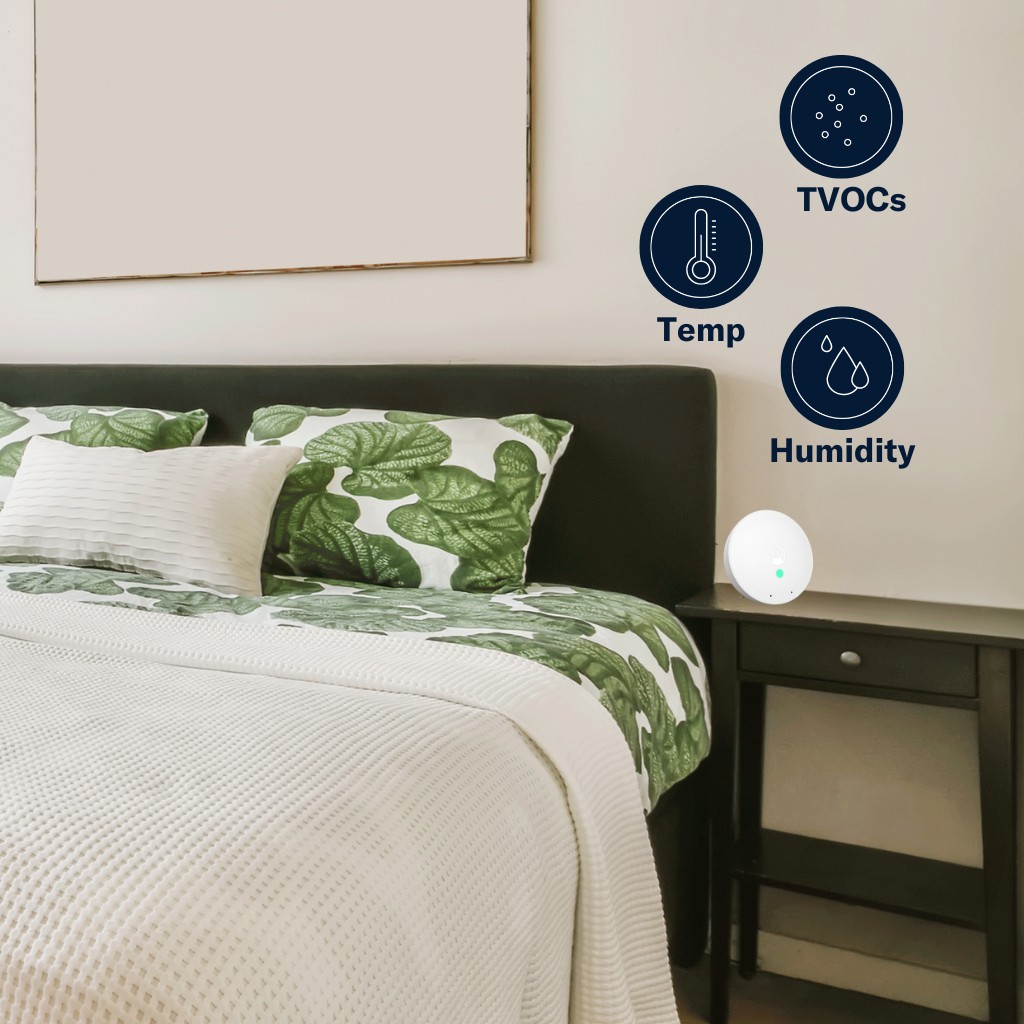Airthings Wave Mini – Air Quality Meter For VOCs
$79.99
-
The Wave Mini is small in size but big in impact. This resourceful indoor air quality companion contains three sensors and a low cost that allows for total coverage, as the wave provides you an instant indication of your air quality levels. ✓ Sensors – Airborne chemicals and odors (TVOCs), temperature, and humidity ✓ Visual indicator – Simply wave in front of the device for an indication of the air quality ✓ Battery operated – Three AA batteries are included with a 2-year lifetime ✓ Integrations – Create custom alerts or integrate with other smart home products ✓ Mold Risk Indication – See the chance of mold growth so that you can ventilate, lower humidity and clean before the problem actually appears.
The Total VOC sensor monitors toxins and chemicals in your air that can cause negative health effects. VOCs are emitted from everyday household items such as toys and plastic products. These unhealthy chemicals can also be emitted from cleaning products, furniture and flooring. A VOC detector is key to ensure the optimal health and comfort levels of every room.
An additional humidity sensor enables you to enjoy the best indoor humidity level for your specific home. Make sure humidity levels do not rise too high or fall too low. Optimum indoor humidity levels are between 30% to 59%. Healthy humidity levels are key to prevent mold and the spread of infectious disease.
In addition, the temperature sensor allows you to maintain not only a healthy home but a comfortable one too. Get your results straight to your smartphone, with this compact and easy-to-use companion.
Airthings Wave Mini - Air Quality Meter For VOCs
$79.99
